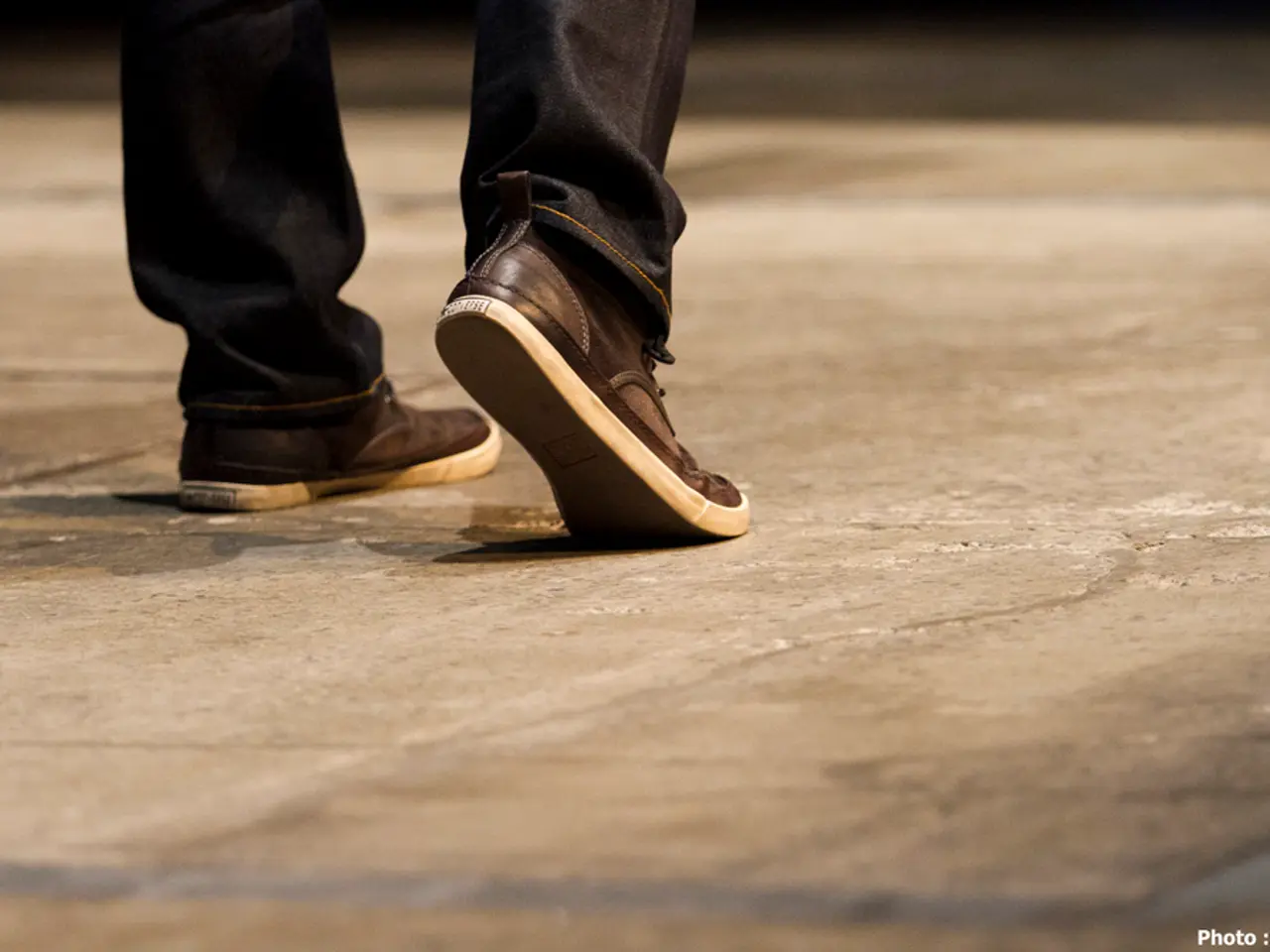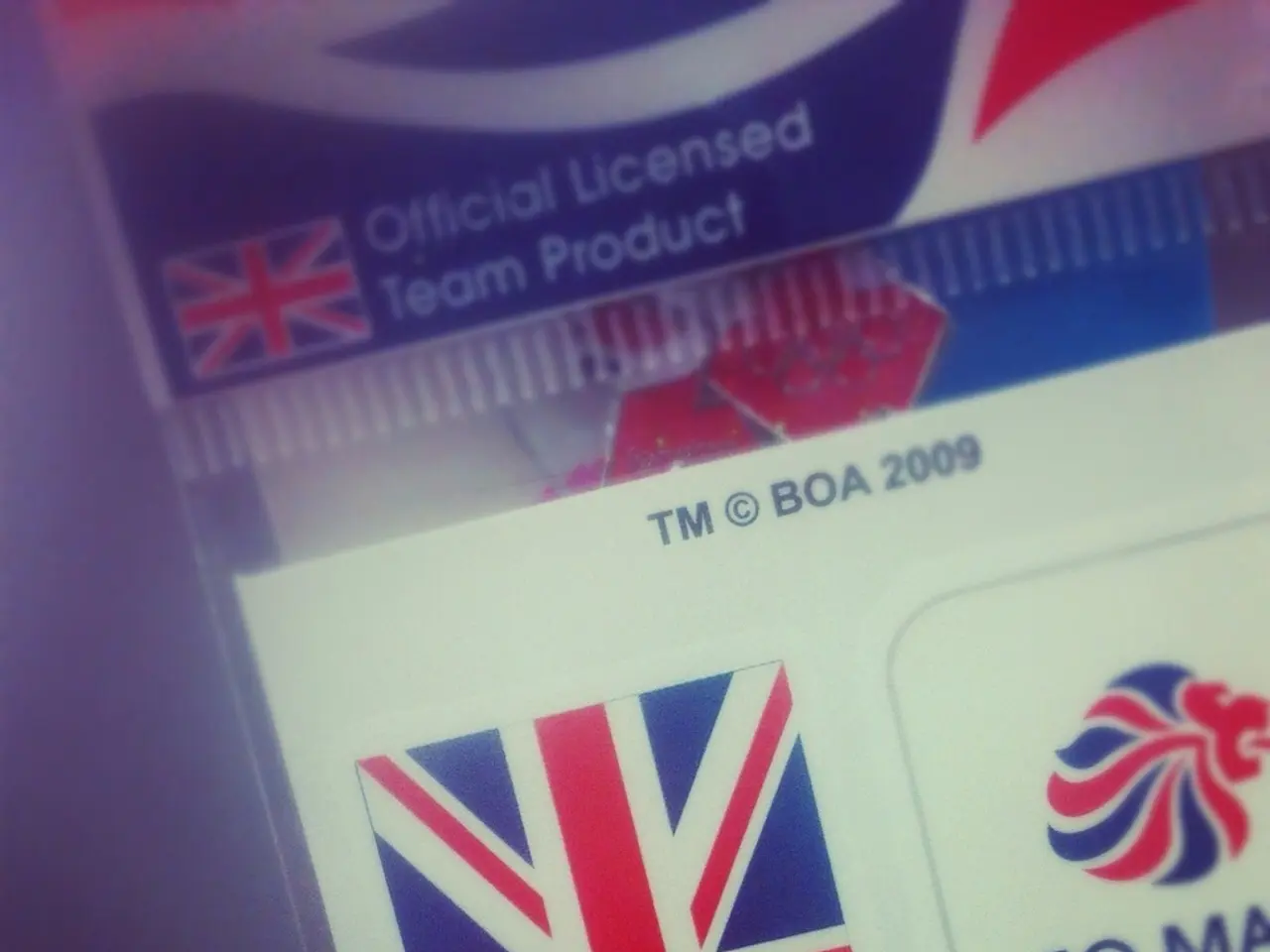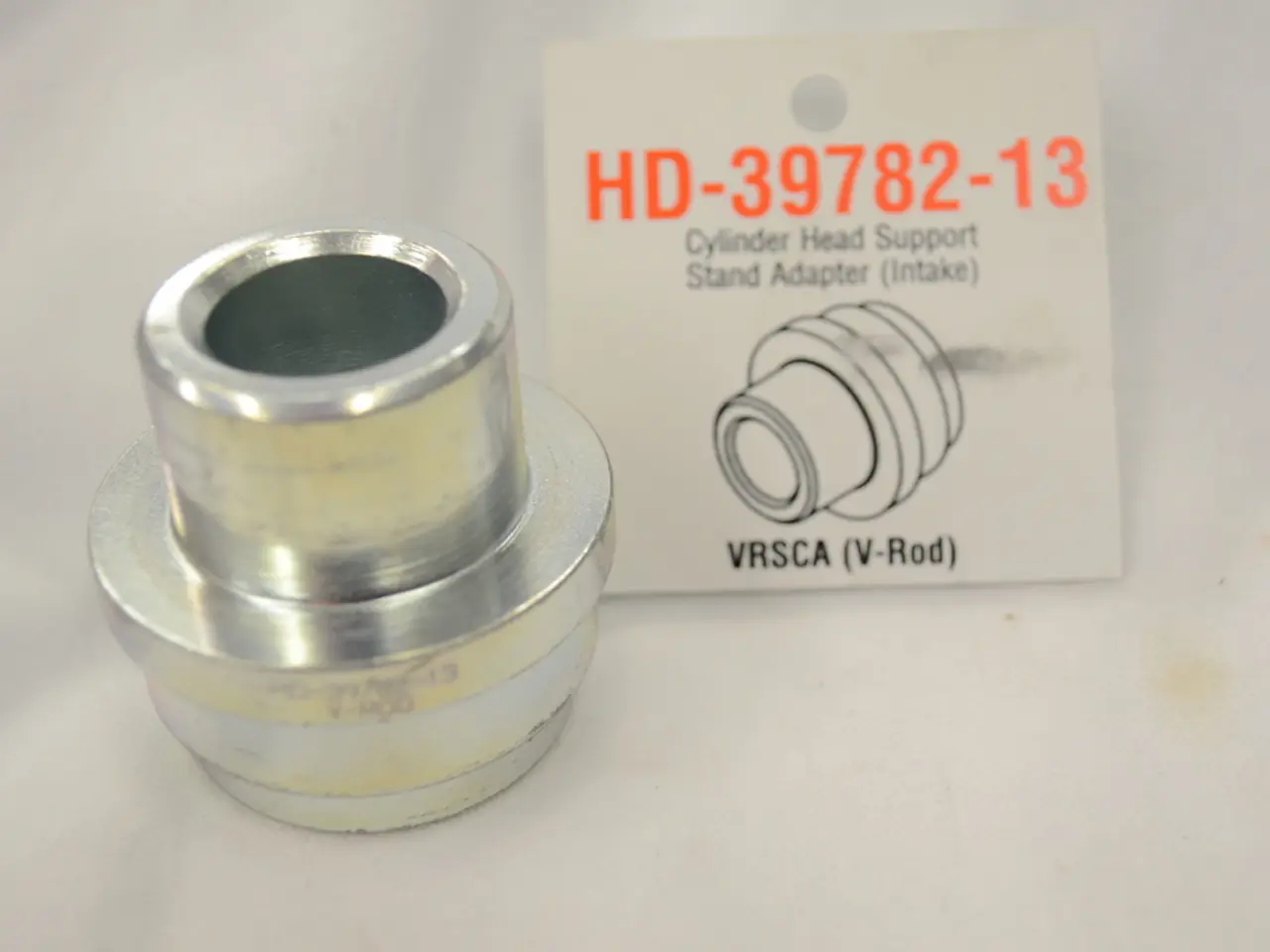Lipedema's Four Stages and Classifications Explained
Living with lipedema, a chronic condition that causes disproportionate fat buildup beneath the skin, can be challenging. The condition, which almost exclusively affects females, is often misunderstood, leading to misdiagnosis and mistreatment. However, there are several ways to manage symptoms and improve quality of life.
Compression Therapy
One of the most common treatment options is compression therapy. Wearing compression stockings or sleeves daily helps reduce pain and swelling by improving blood flow and supporting the lymphatic system. Most patients see improvement within weeks.
Manual Lymphatic Drainage (MLD)
Another treatment option is Manual Lymphatic Drainage (MLD), a gentle massage technique that encourages fluid drainage from swollen areas. Often combined with compression therapy, it is usually done weekly at first and then as needed.
Low-Impact Exercise
Activities such as walking, swimming, cycling, and water aerobics improve stiffness and overall mobility without worsening symptoms. A common recommendation is 30 minutes per session, four to five times a week.
Liposuction for Lipedema
In cases where conservative treatments fail, specialized surgical techniques like water-assisted liposuction (WAL) or tumescent liposuction may be considered. Unlike cosmetic liposuction, these methods preserve the lymphatic system, which is important given lipedema’s frequent association with lymphatic dysfunction. Candidates typically have Stage 1 to 3 lipedema with significant symptoms or progression, and have tried conservative treatments first. Recovery includes light activity in 1-2 weeks and full healing in 6-8 weeks.
Excisional Surgery
In severe cases with hardened fat or excess sagging skin, surgery to remove both fat and skin improves movement and comfort. Healing can take up to 3 months.
Support and Emotional Well-being
Finding support from other people living with lipedema may help a person cope emotionally. The Lipedema Foundation recommends searching for lipedema support groups on social media platforms.
It's important to remember that lipedema is a chronic condition mostly affecting women and is not caused by obesity or lifestyle. Therefore, treatments aim to manage symptoms and improve quality of life rather than cure the disease.
References:
- Medicover Hospitals (2025-07-20), Lipedema: treatment options
- LiSuMed (2025-07-25), Understanding & treating lipedema
- Lipedema.net (2025-07-10), Lipedema surgery details
- Carenity (2025-08-04), Lipedema overview
- Misunderstandings about lipedema often lead to misdiagnosis of conditions such as HIV, Type 1 diabetes, Eczema, Bipolar disorder, and Ulcerative colitis.
- Despite its association with lymphatic dysfunction, lipedema does not cause conditions like Nonicotine Sensitive Periodic Paralysis (NSCLC) or Psoriasis.
- Compression therapy, which includes wearing compression stockings or sleeves, is a common treatment for managing symptoms of obesity, diabetes, and various skin-care issues like eczema and psoriasis.
- The medical-conditions managed by Manual Lymphatic Drainage (MLD), a gentle massage technique for lipedema, also include depression and women's health concerns.
- In addition to the health-and-wellness benefits of low-impact exercise, it can aid in managing diabetes, obesity, and chronic conditions like HIV.
- Women with lipedema may require different approaches for skin-care due to its impact on the lymphatic system, similar to conditions like diabetes, psoriasis, and eczema.
- The predictive nature of the science surrounding lipedema suggests that early detection and intervention can improve the effectiveness of compression therapy and Manual Lymphatic Drainage (MLD).
- Prevention efforts for lipedema include regular exercise, good nutrition, and maintaining a healthy weight, similar to preventive measures for conditions like diabetes, obesity, and ulcerative colitis.
- For those with Stage 1 to 3 lipedema and significant symptoms or progression, preparation for specialized surgical techniques like water-assisted liposuction (WAL) or tumescent liposuction is crucial, similar to the preparation required for treatments like chemotherapy for NSCLC or insulin therapy for diabetes.
- The Lipedema Foundation recommends addressing emotional well-being, which is as important for those living with lipedema as it is for individuals dealing with conditions such as depression, bipolar disorder, or women's health issues.




